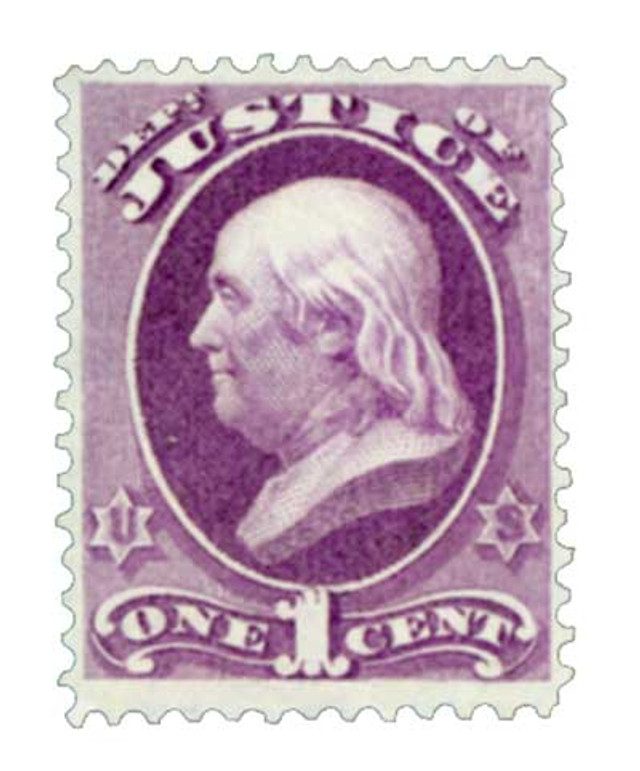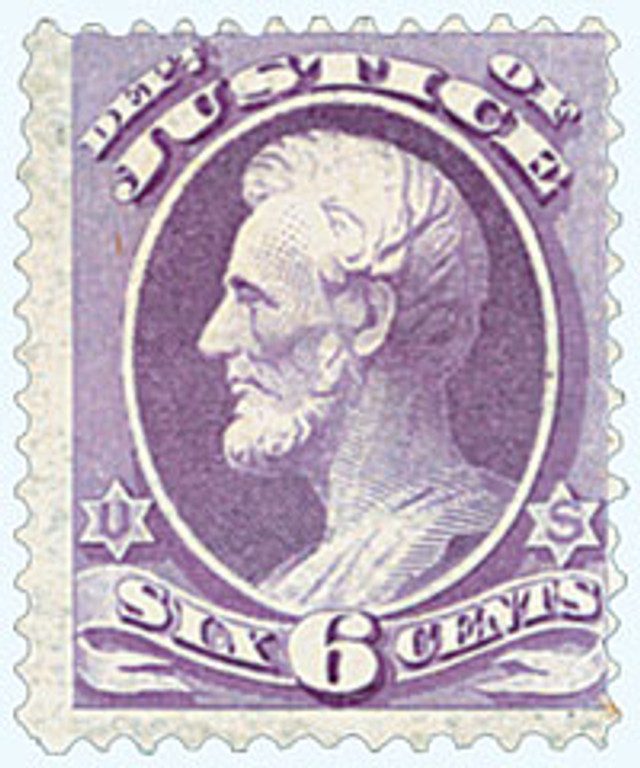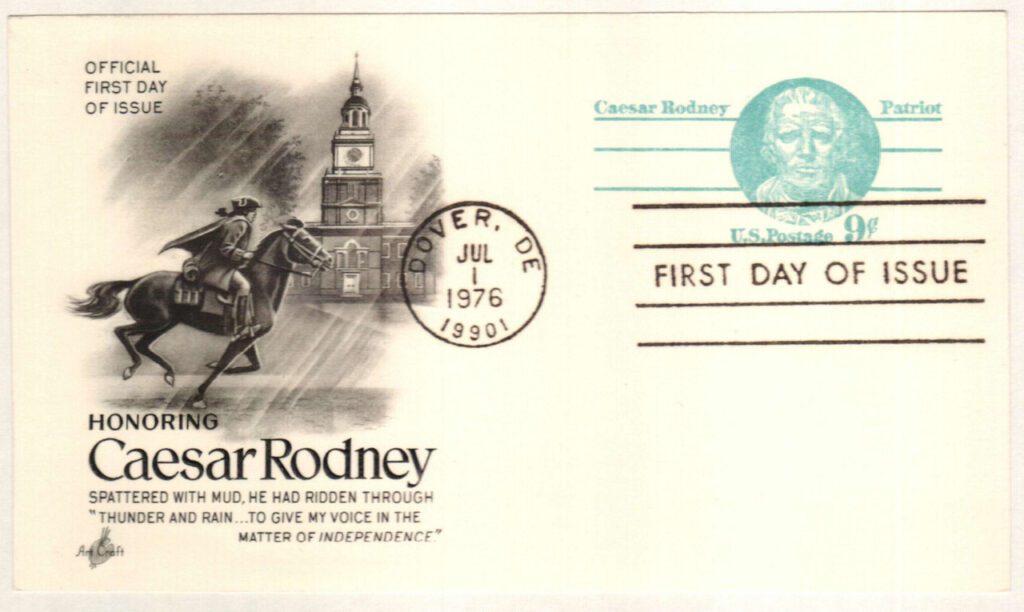On June 22, 1870, President Ulysses S. Grant signed a bill into law creating the US Department of Justice.
The position of attorney general was created through the Judiciary Act of 1789 as a part-time job to advise the president and Congress on legal matters. Officially, it was the attorney general’s job “to prosecute and conduct all suits in the Supreme Court in which the United States shall be concerned, and to give his advice and opinion upon questions of law when required by the president of the United States, or when requested by the heads of any of the departments.”
By 1819, the workload had grown significantly and the jobs of the attorney general and his assistants were restricted. However, many early attorneys general did not receive the same rate of pay as other members of the president’s cabinet, so most also appeared in court to supplement their income.
As early as 1830 there were calls to make the attorney general’s office a full-time position. Then, in 1867, Congressman William Lawrence of the House Committee on the Judiciary suggested a law department run by the attorney general that included department solicitors and US attorneys. The following year, on February 19, 1868, Lawrence brought a bill before Congress to create the Department of Justice. However, he was preoccupied with the impeachment of President Andrew Johnson and was unable to devote his time to the bill.
The following year another congressman, Thomas Jenckes, introduced a similar bill on February 25, 1870, which was passed by both houses. Then on June 22, 1870, President Ulysses S. Grant signed the “Act to Establish the Department of Justice” into law. The Department of Justice officially began operations on July 1 of that year.
The act significantly increased the responsibilities of the attorney general. Under this new legislation, the attorney general would supervise all US attorneys, which was previously a job within the Department of the Interior. The attorney general was also tasked with prosecuting all federal crimes, representing the government in all court actions, and ensuring no private attorneys were used to represent the federal government. The act also created a new office, the solicitor general, to oversee government litigation in the Supreme Court.
Over time, the Justice Department has grown to include control of federal prisons. The US Marshals Service, Federal Bureau of Investigation, and Bureau of Alcohol, Tobacco, Firearms, and Explosives are also part of this department.
The Department of Justice seal includes the Latin motto Qui Pro Domina Justitia Sequitur. Historians don’t know where the phrase came from or when it first appeared on the seal. Its translation has been a matter of discussion for Latin scholars. Most agree it refers to the district attorney and means, “who prosecutes on behalf of justice (or the Lady Justice).”
For its first several decades, the Department of Justice didn’t have an official home, but rather occupied a series of temporary spaces. The first plans to create a Justice building were introduced in 1910, but little was done until the late 1920s. Finally, the building was completed in 1935. In 2001, it was renamed the Robert F. Kennedy Department of Justice Building in honor of the 64th attorney general.
| FREE printable This Day in History album pages Download a PDF of today’s article. Get a binder or other supplies to create your This Day in History album. |
Discover what else happened on This Day in History.







Cannot read your history stories the print is to small.
Could the print be made larger?
Thanks.
Depends a lot on what you are viewing the material on. The Google Chrome Internet Browser has an icon to the right of the address window that looks like three little horizontal bars. Left Click on that and a window will drop down with “Zoom” as an option. Left Click on the plus to make the print bigger, minus to make the print smaller.
Depending on the device you are using (phone, pc,, laptop, etc.) you should be able to adjust your print accordingly. Ask anyone under the age of 12–they can do it, we can’t!
Speak for yourself, I’m 70 and have been using computers since they became common in the late 80’s. Kids can play video games on them annd some can do their homework but they let the browser do all the work without fully understanding the operating system. They have been common for a really long time so if you don’t get it, it’s no ones fault but your own.
“and” not “annd”. My spellcheck is off and apparently so is my brain.
Everyone has to be somewhere,” he shrugged. “And where we are is always the result of the steps we’ve chosen to take….
With Internet Explorer Browser, Left Click on the icon way over to the right of the address window, that looks like a little gear. In the drop down menu choose “Zoom” and Left Click on a percentage larger than the default. Or, Hold down the “Ctrl” key and tap + (plus) to make the print larger or – (minus) to make it smaller.
Who was the first Attorney General?
https://www.justice.gov/ag/historical-bios?sort_by=field_dates_service_value2&sort_order=ASC
Edmund Randolph was the first Attorney General. And the correct pluralization is “Attorneys General.”
https://blogs.wsj.com/law/2007/05/18/a-campaign-to-change-attorneys-general-to-attorney-generals/
I am opposed to the change. The term, Attorneys General, is along the same line as Postmasters General, Mothers-in-Law, Fathers-in-Law, etc. As stated in the campaign article to change the plural form, the term “general” does not refer to a rank but rather a description. For this reason, I am in favor of leaving the plural form as it currently exists.
Too bad the position today is political.
The Attorney General, The Secretary of State, The Secretary of Treasury, and Secretary of Defense are generally regarded as four most important Cabinet officials because of the importance and age of their departments.
Another informing history lesson. Thanks, Mystic !!